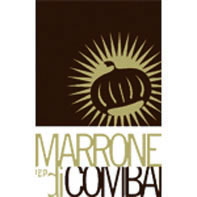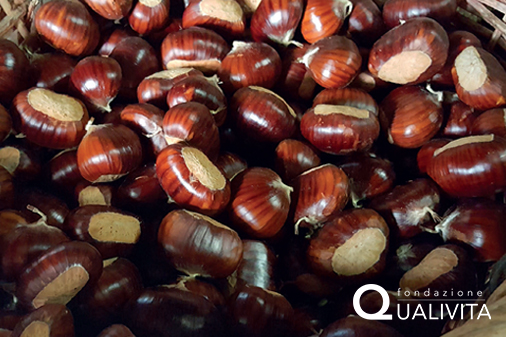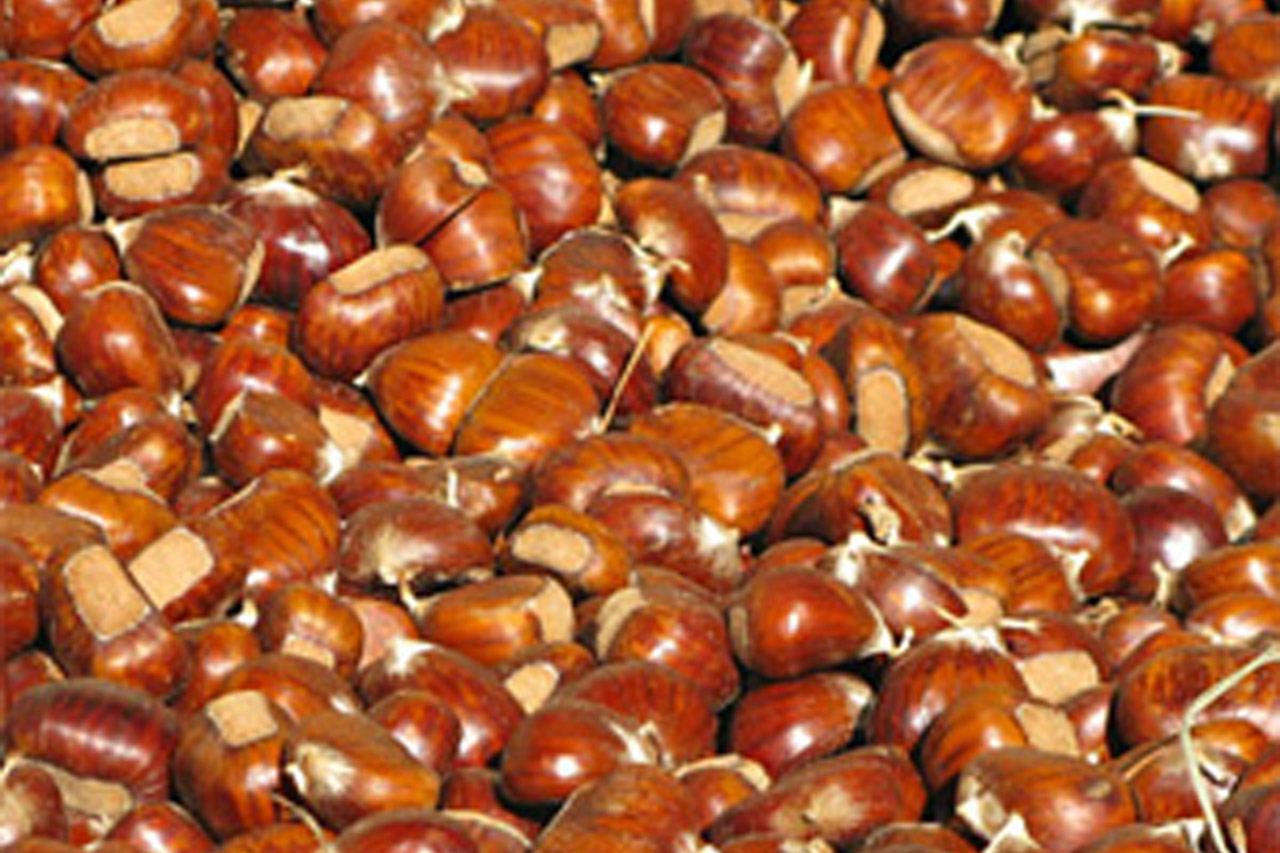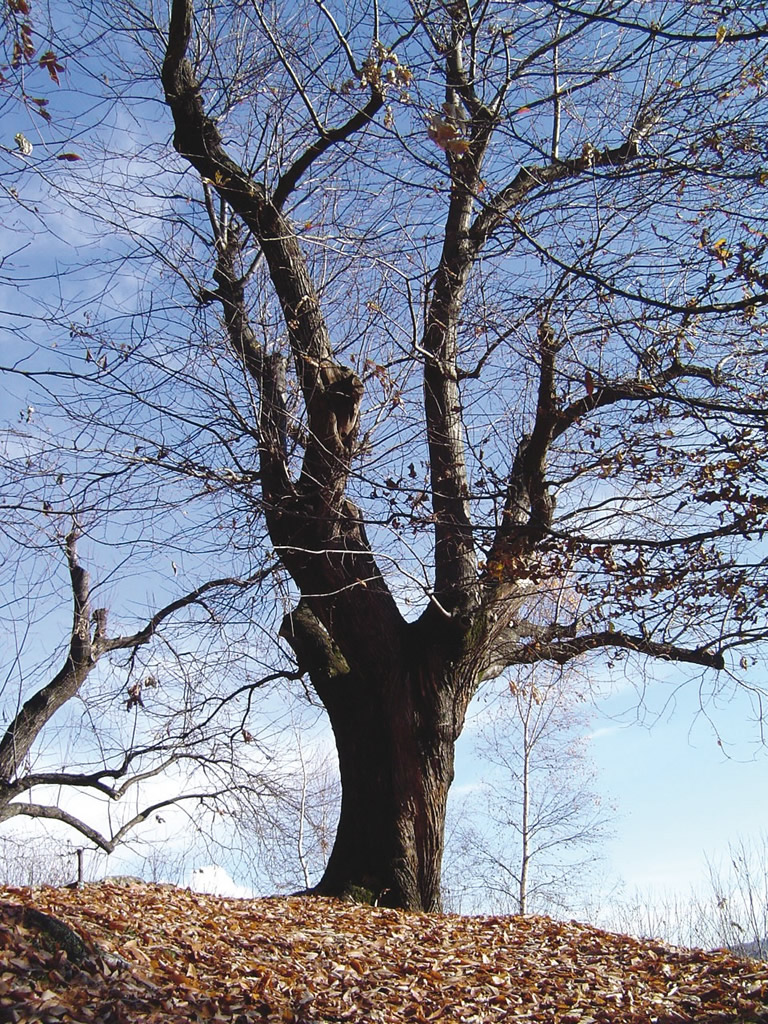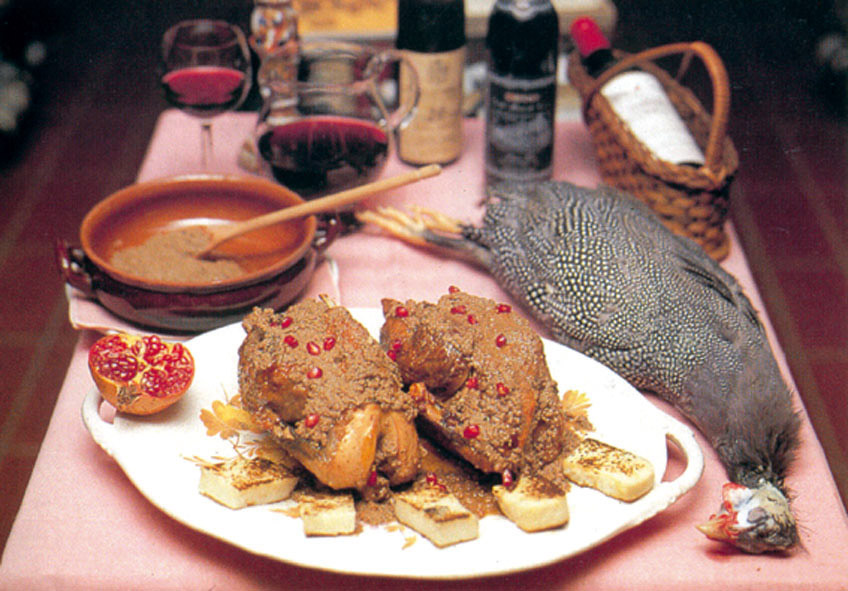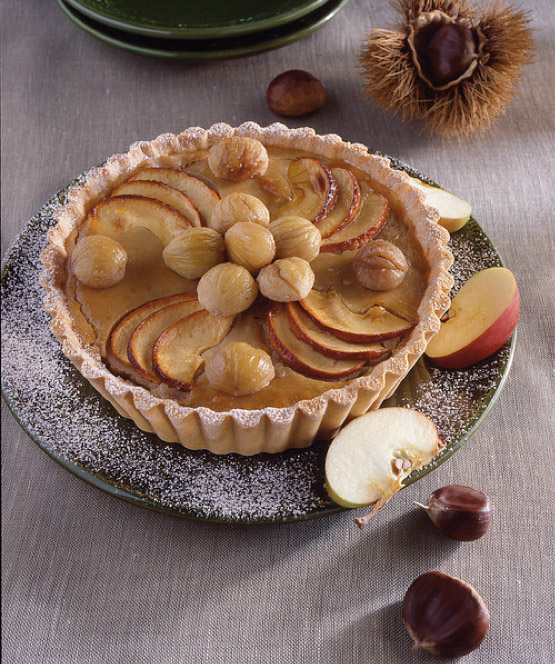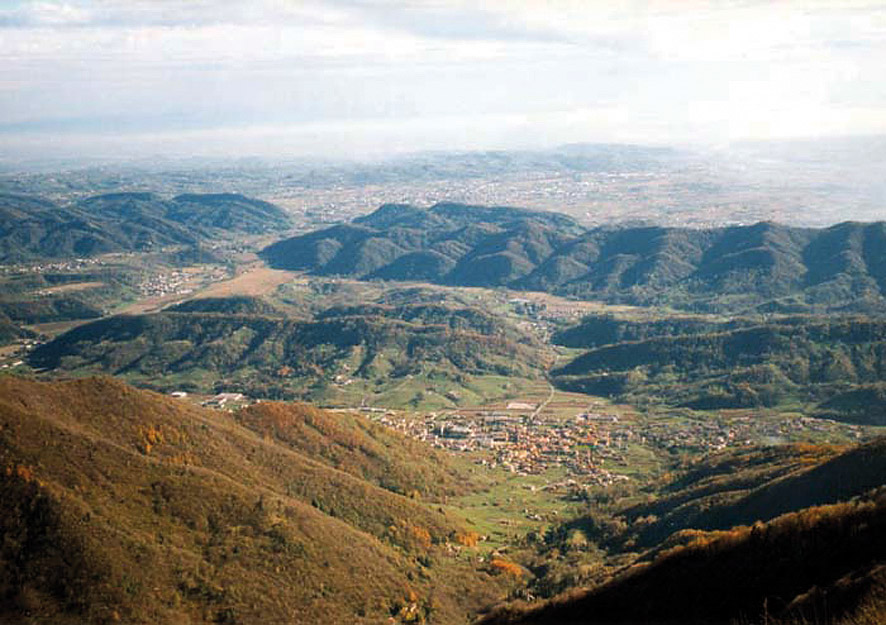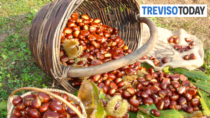Description
The Marrone di Combai PGI refers to the fresh chestnut belonging to the species Castanea sativa Miller, deriving from the Macrocarpa domestic variety.
Production Area
The production area of Marrone di Combai PGI is within the municipalities of Cison di Valmarino, Cordignano, Follina, Fregona, Miane, Revine Lago, Sarmede, Segusino, Tarzo, Valdobbiadene and Vittorio Veneto, in the Province of Treviso, in the Veneto region.
Production Method
The fruit are harvested when they are fully ripe, either when they have fallen naturally to the ground or by using the beating technique; bamboo canes are used for this procedure. Once on the ground, the chestnuts are cleaned with a brushing machine and undergo a dipping treatment (curatura), which involves the fruit being immersed in room-temperature water for five to seven days, or in water with a temperature of 45-48 °C for just 45 minutes. Dipping can also take place outside of the production area, as long as it is within 24 hours of harvesting. The chestnuts are then dried with a hot-air drier, or placed on wooden grates and turned every day until they are completely dry. The fruit can also be refrigerated in refrigerated cells at a temperature of 0.5 to 2 °C for a maximum three days.
Appearance and Flavour
Marrone di Combai PGI is ovoid to elliptic in shape, with a shiny dark brown peel that is streak-free. The pulp is white, with a floury, sugary and consistent texture that remains intact after cooking; it is crunchy and has a sweet flavour. Each cupule contains a maximum of three fruit.
History
Chestnut growing has been a fundamental resource for the population in the Treviso area for centuries, so much so that an actual “chestnut civilization” was started. Many historic documents dating back to the 12th century describe how entire hectares of woods were used collectively by the population. A document from 1665 testifies to collective chestnut harvesting in Combai, which involved the equal distribution of the fruit between the community’s families. During the 18th century there was a decline in chestnut groves, following the abandonment of chestnut growing due to the proclamation of woods becoming national assets. Fortunately, over the centuries this heritage of knowledge was recovered, once again reaching the quantitative and qualitative levels of the past.
Gastronomy
Marrone di Combai PGI should be kept in a cool, dry place. The product is generally eaten roasted or boiled. The fruit is widely used to make confectionery and desserts, such as chestnut-cream Tiramisù and Montebianco cake. It is also an excellent ingredient for a wide range of recipes: sauces and soups, like the traditional mondoi, a chestnut consommé, which in the past was a substitute for traditional soups; pasta with chestnut, chicken and thyme ragù; turkey stuffed with chestnuts; or veal loins with chestnuts and Cognac.
Marketing
The product is marketed as Marrone di Combai PGI. It is sold in two different sizes and in the following categories: Extra and First. They are packed in jute bags or plastic net bags weighing between 1 and 25 kg, or in wooden or plastic baskets and crates weighing from a minimum of 1 kg to a maximum of 25 kg. The product destined for processing is packed in food-grade crates weighing up to 400 kg.
Distinctive Features
The specific organoleptic properties of Marrone di Combai PGI are given to the frequent rainfall, cold temperatures and soil composition in the production area.



